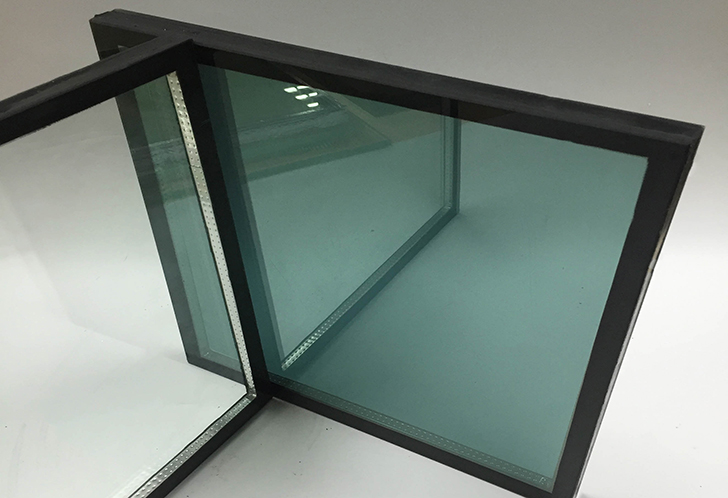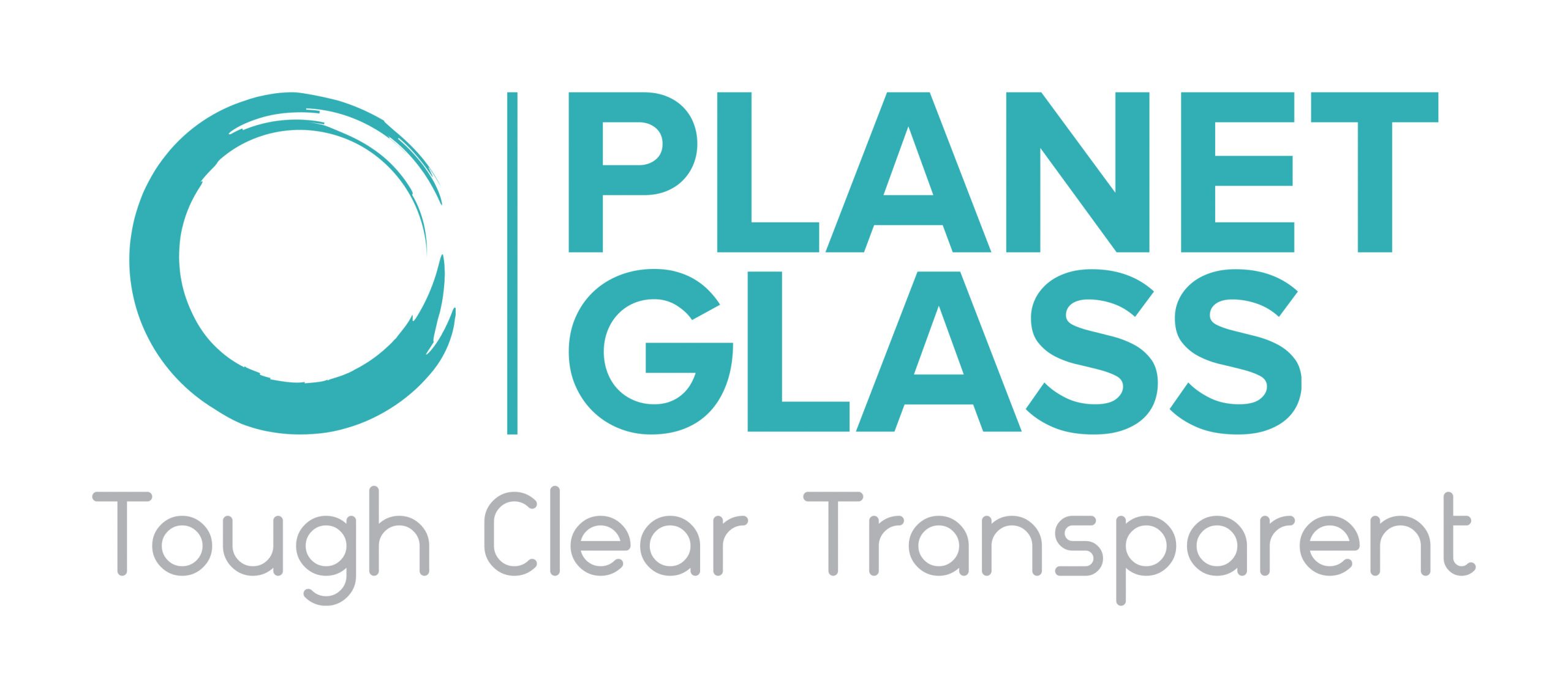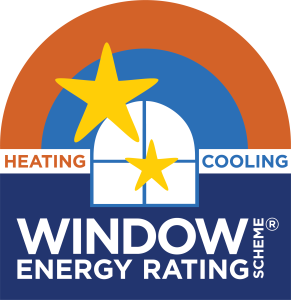


Low-E Glass
There may be no building material more versatile than glass. It can truly do extraordinary things, and the glass being manufactured today is infinitely more advanced than glass that was made just a few short years ago. Of all the glass options on the market today, low-e glass has perhaps the greatest potential to transform your home's performance.
If you've thought about investing in new windows, then you've probably heard a lot about low-e glass. Chances are, you have some questions about it as well. So let's take a deep dive into the world of low-e glass—how it works, what types are available, and how it can dramatically improve the energy efficiency of your home.
What Is Low-E Glass?
The "E" is for emissivity. When heat or light energy is absorbed by a glass surface, it's either reflected off the surface, or radiated through the surface. A material's ability to radiate energy is known as emissivity. What does that have to do with your windows? If you've ever been in a greenhouse, you probably already know the answer to that question.
Radiating energy is one of the leading causes of heat transfer in window glass. emissivity (or low-e) glass radiate less energy, and therefore transmit less heat, which gives them greatly enhanced insulating properties. When heat energy—either from the sun or from your home a low-e glass pane, it is reflected back into the space it came from instead of being transferred through the glass.
How Low-E Glass Works
The secret to the remarkable insulating qualities of low-e glass is the thin metallic coating on the surface of the glass. Low-e glass often appear tinted, but low-e glass is not the same as tinted glass. Whereas tinted glass is made by adding alloying materials into the glass itself, low-e glass has a microscopically thin layer or multiple layers of various metallic particles on the surface. These layers turn the glass into something like a filter.
You see, different types of energy have different wavelengths. Infrared, for example, has a long wavelength, while the visible light spectrum has a relatively short wavelength. Different metals will "filter out" different wavelengths, so by adding thin layers of various metals onto the surface of the glass, it's possible to choose what types of energy get through.
If you want to filter out long wavelengths (infrared, i.e. heat) while allowing shorter wavelengths (light) to pass right through, low-e glass can do that. Most low-e glass also limits the amount of ultraviolet radiation that is allowed to pass through, which is beneficial both for the health of those who live in the home, as well as for the longevity of your furnishings.
Types of Low-E Glass
Several different metals are used to create the micro-thin layer on the surface of low-e glass. Tin, silver and zinc are some of the most common, and many types of low-e glass utilize a combination of different metal layers. Still, with all the possible combinations, there are two basic types of low-e glass coatings: passive low-e coatings, and solar control low-e coatings. There's a crucial difference between the two.
Passive low-e coatings are designed with the purpose of maximizing solar heat that passes into a building. This creates what's known as a “passive” heating effect, which reduces the amount you have to rely on artificial heating. Windows with passive low-e coatings are ideal for colder climates, as they can significantly reduce the cost of heating your home.
Solar control low-e coatings limit the amount of solar gain into a building. The purpose of of solar control low-e glass is to keep buildings cooler, and to reduce the amount of energy used by air conditioning. They are ideal for hot climates, and for homes and buildings that receive a lot of direct sunlight.




